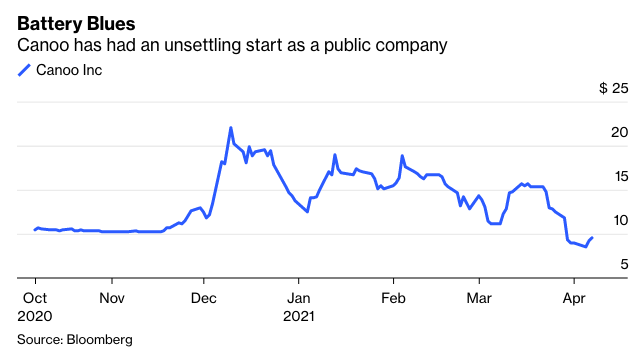“If the ETF came first, the SEC would never approve the mutual fund structure.”
I keep thinking about this quote from Matt Hougan, former chief executive officer of Inside ETFs, which I cited in a Feb. 19 column titled “Mutual Funds Are Not Long for This ETF World.” I argued that the Federal Reserve’s unprecedented intervention in the U.S. corporate bond market was a plot to rescue fixed-income mutual funds from potential disaster and that the coronavirus crisis would only hasten the rise of exchange-traded funds in their place.
Since then, two of the most influential U.S. policy makers have been candid about the fact that bond mutual funds pose a unique and serious problem during times of market stress. First was Fed Governor Lael Brainard during a March 1 speech on preliminary financial stability lessons from a year ago:
“The COVID shock also highlighted the structural vulnerabilities associated with the funding risk of other investment vehicles that offer daily liquidity while investing in less-liquid assets, such as corporate bonds, bank loans, and municipal debt. Funds that invest primarily in corporate bonds saw record outflows in March 2020. These open-end funds held about one-sixth of all outstanding U.S. corporate bonds prior to the crisis. Bond mutual funds, including those specializing in corporate and municipal bonds, had an unprecedented $250 billion in outflows last March, far larger than their outflows at any time during the 2007–09 financial crisis. The associated forced sales of fund assets contributed to a sharp deterioration in fixed-income market liquidity that necessitated additional emergency interventions by the Federal Reserve.”
Then, during an exchange with Senator Elizabeth Warren of Massachusetts on March 24 about the Financial Stability Oversight Council, or FSOC, Treasury Secretary Janet Yellen brought up how the open-end mutual fund structure can create “fire sales”:
“I believe it is important to look very carefully at the risks posed by the asset management industry, including BlackRock and other firms. FSOC began to do that, I believe in 2016 and 2017, but the risks it focused on were ones having to do with open-end mutual funds that can experience massive withdrawals and be forced to sell off assets that could create fire sales. That is actually a risk that we saw materialize last spring in March.”
That discussion previewed Yellen’s first FSOC meeting last week. Bloomberg News reported that one of her priorities is evaluating vulnerabilities in “nonbank financial intermediation” and determining what changes should be made, particularly to open-end mutual funds that “offer investments with greater liquidity than their underlying assets.” Brainard, in her speech at the start of March, had one possible solution: Swing pricing.
The premise is relatively straightforward. If redemptions are so high that a mutual fund has to sell relatively illiquid securities into a declining market, that’s going to penalize those who remain invested and don’t immediately pull their cash. To offset potentially steep discounts on the assets, portfolio managers can pass the cost along to those who chose to withdraw money. Otherwise, there’s an inherent advantage to being among the first to run during moments of panic. The goal, in other words, is to incentivize investors to keep their money locked up in mutual funds rather than flee.

At first glance, it certainly seems as if this kind of regulatory shift could bolster the stability of mutual funds and prevent another near-collapse like the one in March 2020, when the Fed had to backstop the entire U.S. bond market. The question is whether such a policy is worth the risk of potentially accelerating the demise of the mutual fund industry in the process.








